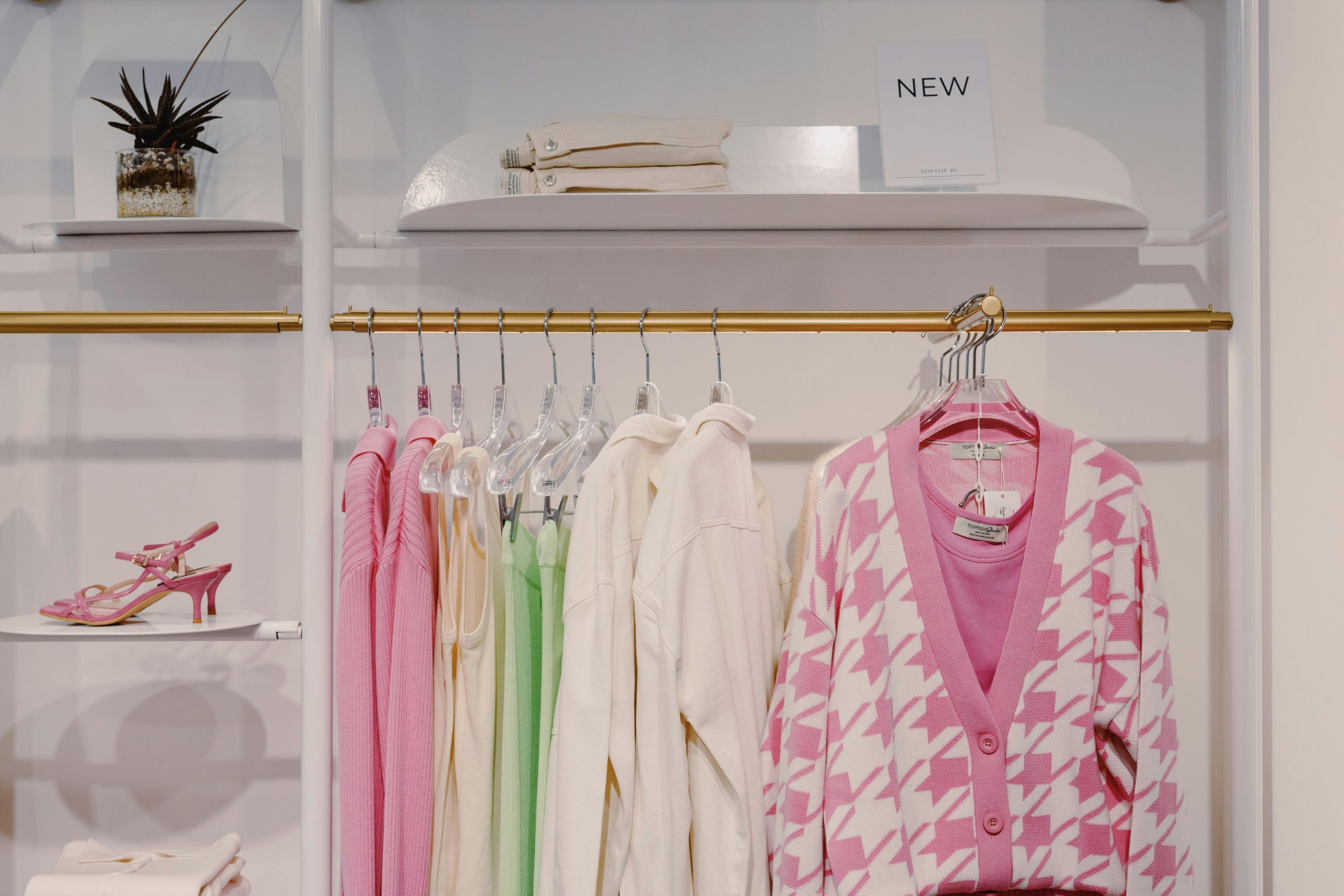The History and Impact of Department Stores on Modern Retail
Department stores have long been a staple of modern retail, providing a one-stop shop for a wide range of goods and services. These large, multi-level stores have become synonymous with shopping, offering convenience, variety, and a luxurious shopping experience. Throughout history, they have transformed the retail landscape and played a significant role in shaping consumer culture. In this article, we will dive into the history and impact of department stores on modern retail, exploring how these establishments have evolved over time and their lasting effects on the retail industry.
The Origins of Department Stores
The concept of a department store can be traced back to the early 19th century in Europe. The first department store, Le Bon Marché, opened in Paris in 1852 and quickly gained popularity. This store offered a large variety of goods, from clothing and accessories to furniture and household items, all organized into different departments for easy browsing and shopping. The success of Le Bon Marché sparked a trend, and soon department stores began to appear in other major cities around the world.
One of the most iconic department stores, Macy’s, opened in New York in 1858. It was the first store in the United States to adopt the department store concept, and its success paved the way for similar establishments to flourish. Department stores quickly became the go-to destination for consumers looking for a wide range of products under one roof, making shopping more convenient and efficient.
The Rise of the Department Store Model
As the popularity of department stores grew, so did the number of stores and the variety of products they offered. These stores began to specialize in different departments, such as clothing, beauty, home goods, and electronics, making them a one-stop-shop for all consumer needs. They also introduced the concept of sales and discounts, enticing customers to shop for bargains and boosting sales.
The department store model also brought about a significant change in consumer behavior. Rather than buying goods from small, specialized shops, people started to prefer the convenience and variety of department stores. This shift in shopping patterns had a significant impact on small, local businesses, as they struggled to compete with the prices and variety offered by department stores.
The Era of the Department Store Giants
In the 20th century, department stores reached their peak, with the emergence of giant chains such as Sears, J.C. Penney, and Bloomingdale’s. These stores amassed a large customer base and started to influence not just consumer culture but also fashion trends. They brought in celebrity endorsements and designer collaborations, making high-end fashion accessible to the masses.
These department store giants also revolutionized the shopping experience by introducing amenities such as in-store cafes, personal shopping services, and even live music performances. They also invested in elaborate window displays and holiday decorations, creating a festive and glamorous atmosphere that enticed customers to shop.
The Impact of Department Stores on Modern Retail
Department stores have undoubtedly left a lasting impact on modern retail. They revolutionized the way people shop, introducing the concept of a self-service shopping experience and offering a wide range of products at affordable prices. They also played a significant role in shaping consumer culture, making shopping a leisure activity and one of the primary ways people spend their free time.
Today, the department store model has evolved to keep up with changing consumer demands. With the growth of e-commerce, department stores have set up online platforms and mobile apps, making it easier for customers to shop from the comfort of their homes. They have also started to incorporate sustainability and ethical business practices, responding to the growing concern for environmental and social issues.
In Conclusion
From their humble beginnings in 19th-century Europe to their meteoric rise in the 20th century and continued relevance in the 21st, the history of department stores is a testament to their enduring impact on modern retail. These establishments have transformed the shopping experience, influenced consumer behavior, and shaped retail as we know it today. Despite the challenges and changes in the industry, department stores remain an essential part of modern retail, providing convenience, variety, and a touch of luxury in the shopping experience.









